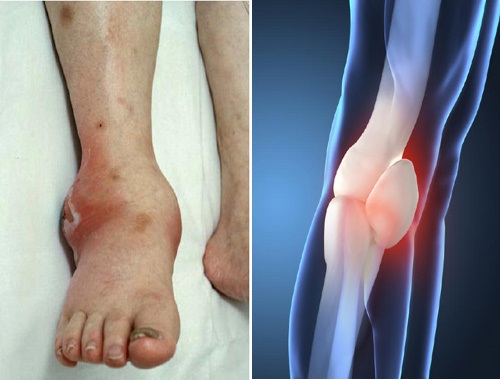Septic Arthritis
Septic arthritis is an intensely painful infection in a joint. Bacteria, or less commonly fungi, can spread from other infected areas in your body to a joint. Sometimes bacteria infect only the joint, leaving other areas of your body unharmed. In septic arthritis, germs infiltrate your joint - usually just one - and damage it, causing severe pain, warmth and swelling. Bacteria most commonly target your knee, though other joints can be affected by septic arthritis, including your ankle, hip, wrist, elbow and shoulder. Young children and older adults are most likely to develop septic arthritis. If treated within a week after symptoms first appear, most people make a complete recovery. Septic arthritis typically causes extreme discomfort and difficulty using the affected joint. Signs and symptoms may include: Fever; Severe pain in the affected joint, especially when you move that joint; Swelling of the affected joint; Warmth in the area of the affected joint; In children, additional symptoms may include: Poor appetite; Malaise; Rapid heartbeat (tachycardia); Irritability. Septic arthritis may develop when an infection elsewhere in your body, such as an upper respiratory tract infection or urinary tract infection, spreads through your bloodstream to a joint. Less commonly, a puncture wound, drug injection or surgery near a joint may allow bacteria into the joint space. The lining of your joints (synovium) has little to protect itself from infection. Once bacteria reach the synovium, they enter easily and can begin destroying cartilage. Your body's reaction to the bacteria - including inflammation around the joint, increased pressure in your joint and reduced blood flow to the joint - contributes to the damage of your joint.
